Member postings for Andrew Johnston
Here is a list of all the postings Andrew Johnston has made in our forums. Click on a thread name to jump to the thread.
| Thread: How to machine this? |
| 20/07/2023 19:51:11 |
If you're only making one use standard cutters to remove the bulk of the material on the curves and finish the curves with files. One could always mark out and file a template in sheet steel if really worried about the profiles. Andrew |
| Thread: Case Hardening Push Rod Ends |
| 20/07/2023 19:02:47 |
Use silver steel, then you can harden and temper to whatever value of Rc you want, up to a maximum of high 60s. Andrew |
| Thread: Anyone any experience of a Chester Model T Super Mill |
| 19/07/2023 16:18:16 |
Posted by Cabinet Enforcer on 19/07/2023 14:34:23:
The Warco spec page lists two seperate motors, 1.5kW vertical and 1.1kW horiz. Thanks for that, I asked because the Chester spec only mentions a spindle motor and a table feed motor. On the Chester machine it looks like the gearbox is on the head. I find it difficult to imagine that the Chester machine has two motors and two gearboxes. On the other hand although it is possible to feed from the vertical head to the horizontal spindle it would involve several gear pairs and a spline. Which equals money! Andrew |
| 19/07/2023 11:31:10 |
Just out of idle curiosity do these types of mill have a seperate motor for the horizontal spindle, or is power transferred from the motor on the vertical head? Andrew |
| Thread: 14.5mm end mill equivalent |
| 18/07/2023 19:14:56 |
Posted by Margaret Trelawny on 18/07/2023 15:41:32:
Andrew - could you post a link to the right short HSS boring bar... I don't buy ready ground HSS tooling, just blanks, so can't post a link. What I have done over the years is beg, buy or liberate boxes of used HSS tooling. So when looking for a specific tool there is often something fairly close that I can adapt on the bench grinder. A quick look in the pile of HSS by the lathe found this, which will do the job: I'm not sure what material you are machining, is it brass? If so then the tool can be even simpler, just grind a radius that is equal to 1/4" on the bottom corner of a 1/4" square HSS blank, square off the end and that will do the job. No top rake is needed for brass. Andrew |
| 18/07/2023 15:33:16 |
I would centre drill and then drill, say 6mm diameter, to just short of final depth. Then one could use a ~10mm centre cutting endmill and finally the 9/16" slot drill. Personally after drilling I would use a short HSS boring bar. That way one gets a hole exactly to the size wanted and with a truly flat bottom. Slotdrills and endmills are ground slightly concave on the end. When using a slotdrill as a "drill" in brass one needs to be careful in case the tool grabs. They are better than normal twist drills (due to a slower helix) but not as good as the slow helix drills specifically for brass and bronze. Andrew |
| Thread: Rotary Table And making A Radius. |
| 17/07/2023 11:35:54 |
Same as for internal corners, several ways: 1. For general radii, on the ends of connecting rods for instance, a rotary table is a pain as it is only too easy to rotate a tad too far and leave an indent. I prefer to use filing buttons. Although controversial I regard filing buttons as sacrificial and leave them soft. It is often quicker to use buttons than mess about setting up the job on a rotary table 2. A rotary table for complex radial slots that need to be accurate in size and placement 3. CNC mill, especially good for parts with multiple radii and splines 4. Mark out and file by hand 5. Machine on a lathe if the geometry of the part allows, that can include turning a circle and then cutting away waste material Andrew |
| Thread: Milling - Squaring An Inside Radius Of A Corner |
| 17/07/2023 11:17:12 |
There are a number of options: 1. Change the design so that a sharp internal cormer is not needed 2. Drill a hole centred on the intersection; then a milling cutter less than half the diameter of the drill will leave two edges that theoretically intersect at the desired point 3. Run the cutter beyond the edge in one direction to leave a semi-circular cutout 4. Use files, start with a square file and finish with a three square needle file to get a nice crisp internal corner 5. Use a slotting head, I happen to have one on the back of the Bridgeport A slotting head is particularly useful for blind holes: Andrew |
| Thread: ways protector for my mini lathe |
| 16/07/2023 23:22:43 |
My CNC mill came with concertina way covers. None of my manual machines have way covers and I see no point in fitting them. Just something else to get in the way. Andrew |
| Thread: First workshop |
| 16/07/2023 11:05:12 |
Posted by Matt T on 14/07/2023 20:18:30:
...Part of the point of kitting out my shop was to move my work out of the lounge as it was starting to get messier (my better half was unimpressed to find me soldering on the dining room table)
I decided what I wanted to build and then chose a lathe and vertical mill to suit. Ex-industrial machines, still in production, were choosen for two main reasons, apart from capacity. First, spares are available, albeit at a price. Second, there are useful accessories that simply don't exist for smaller machines. If I'd known how much other equipment I was going to acquire I would have laid the workshop out differently. Larger engines were an antidote to the day job (electronics engineer) where the components are now so small that I can't see them without a magnifier. My dining room table has a number of marks where I have disassembled and cleaned items. But I have never soldered at the table. As a electronics guy i have a professional electronics workbench in the study. But, since I don't have a better half, I can do what I like in the house. Andrew |
| Thread: Mandel sizes |
| 15/07/2023 23:16:03 |
Posted by Matt T on 15/07/2023 19:37:47:
....Any advice? Yes, I wouldn't start from there. Use a piece of stock long enough to be held in a chuck so that the face, OD and hole can be machined at one setting. Then turn round and face to thickness. When making mandrels i normally drill the spigot and partially tap whatever metric thread is convenient. Probably M4 in the above case. The spigot is then hacksawed axially so that when a screw is inserted, and reaches the partially tapped section, the spigot opens up. This will hold the work quite tightly, although in the above case very light cuts will be the order of the day. Andrew |
| Thread: Safety gloves |
| 15/07/2023 12:41:57 |
Posted by Chris Pearson 1 on 14/07/2023 22:42:44:
...an emergency stop button (or pedal) within easy reach; and do you have a brake... All three; emergency stop switch on the headstock, a full length stamp bar below the shelf in the cabinet and a spindle brake on the stamp bar. The normal forward/off/reverse lever is on the right side of the saddle. Andrew |
| Thread: First workshop |
| 14/07/2023 15:56:13 |
Posted by Rooossone on 14/07/2023 10:17:06:
...seems pretty niche for a Model Engineering forum... It's just as well I don't regard myself as a model engineer then. Although I am building two 4" scale traction engines: The motion work and internals of the cylinder are largely to my own design, based on the full size engines: Likewise the gears, regulator, simpling valve and water pump: i have made almost everything on the engines, including most of the nuts, bolts and studs, and the chains and all gears, the main exceptions being the steel boilers and rubber tyres. The 6ft long parts were the rear wheel rims before rolling and welding. As for scrap I used to keep metals seperate. The local council tip used to have a big skip for metal, plus smaller ones for aluminium and copper alloys, but no longer. Some years ago when i had a lot of swarf (70kg of cast iron and 5kg of copper alloy) i took it to a scrap yard. I got about £40 but when you consider it was a 60 mile round trip and took several hours it made no economic sense. Now that I am not machining for work (which was mostly aluminium) everything goes in one box and gets taken to the council tip two or three times a year. Apart from anything else the seperate boxes/bags took up a lot ot floor space. Andrew |
| 14/07/2023 09:27:15 |
Posted by Rooossone on 13/07/2023 18:55:54: ...you rarely ever need the full travel of the x or y axis...I would disagree, I have run out of X, Y, and Z, on the Bridgeport; grooving plates that are over 6 feet long, in stages: Drilling a large plate: When looking at the space needed for a mill you need to account for being able to actually turn the hand wheel on the table. Andrew |
| Thread: Hand chasing threads |
| 13/07/2023 17:05:22 |
It was normal to hand chase threads before thread systems started to be standardised in the mid 19th century. Once that happened it became practical to add a screwcutting capability to lathes. Also taps and dies started to become available in greater quanties, and better quality. Andrew |
| Thread: Balancing Bench Grinder Wheels |
| 10/07/2023 17:08:28 |
Posted by Adrian R2 on 10/07/2023 09:45:01:
...a big chunk of 3 phase iron and an inverter to run it. All the reviews I found of replacement wheels had someone complaining theirs was out of balance from new. Both my bench grinders, made by KEF and Wolf, are single phase and there is no provision for balancing the wheels. I normally buy grinding wheels from Abtec4abrasives. Andrew |
| 10/07/2023 09:11:08 |
I balance wheels for the surface and cylindrical grinders; both have hubs with adjustable weights. But I've never bothered with bench grinder wheels. I don't have a problem with vibration. Rather than spend money on a sticking plaster it would be better to invest in a quality wheel and/or bench grinder. Dressing a wheel won't do much to address balance unless the wheel is running wildly out of true. Andrew |
| Thread: Just needs a rub with Scotchbrite |
| 09/07/2023 18:40:23 |
I saw the appropriate thread on another forum. It was tempting to say scrap the whole thing, as it looked to be freelance and poorly designed and constructed. But I thought it better keep quiet; but having seen the boiler above it reinforces my view. There are very few things worse than taking over someone elses uncompleted project. Andrew |
| Thread: Poor surface surface finish milling steel |
| 05/07/2023 10:53:53 |
Posted by John Doe 2 on 05/07/2023 10:42:59:
Are they designed for that? Yes they are; the name endmill is a misnomer. They are intended for cutting using the side flutes. Andrew |
| 05/07/2023 10:28:29 |
The plot thickens; it is not an issue with 316 but milling in general. For a start there is too much stick out on the tool. The holder should be down to the top of the flutes. Given that there is significant cutting on the return pass something is moving that shouldn't be. I suspect the cutter is flexing for starters. Andrew Edited By Andrew Johnston on 05/07/2023 10:28:47 |
Want the latest issue of Model Engineer or Model Engineers' Workshop? Use our magazine locator links to find your nearest stockist!
Sign up to our newsletter and get a free digital issue.
You can unsubscribe at anytime. View our privacy policy at www.mortons.co.uk/privacy
- *Oct 2023: FORUM MIGRATION TIMELINE*
05/10/2023 07:57:11 - Making ER11 collet chuck
05/10/2023 07:56:24 - What did you do today? 2023
05/10/2023 07:25:01 - Orrery
05/10/2023 06:00:41 - Wera hand-tools
05/10/2023 05:47:07 - New member
05/10/2023 04:40:11 - Problems with external pot on at1 vfd
05/10/2023 00:06:32 - Drain plug
04/10/2023 23:36:17 - digi phase converter for 10 machines.....
04/10/2023 23:13:48 - Winter Storage Of Locomotives
04/10/2023 21:02:11 - More Latest Posts...
- View All Topics
- Reeves** - Rebuilt Royal Scot by Martin Evans
by John Broughton
£300.00 - BRITANNIA 5" GAUGE James Perrier
by Jon Seabright 1
£2,500.00 - Drill Grinder - for restoration
by Nigel Graham 2
£0.00 - WARCO WM18 MILLING MACHINE
by Alex Chudley
£1,200.00 - MYFORD SUPER 7 LATHE
by Alex Chudley
£2,000.00 - More "For Sale" Ads...
- D1-3 backplate
by Michael Horley
Price Not Specified - fixed steady for a Colchester bantam mark1 800
by George Jervis
Price Not Specified - lbsc pansy
by JACK SIDEBOTHAM
Price Not Specified - Pratt Burnerd multifit chuck key.
by Tim Riome
Price Not Specified - BANDSAW BLADE WELDER
by HUGH
Price Not Specified - More "Wanted" Ads...
Do you want to contact the Model Engineer and Model Engineers' Workshop team?
You can contact us by phone, mail or email about the magazines including becoming a contributor, submitting reader's letters or making queries about articles. You can also get in touch about this website, advertising or other general issues.
Click THIS LINK for full contact details.
For subscription issues please see THIS LINK.
Model Engineer Magazine
- Percival Marshall
- M.E. History
- LittleLEC
- M.E. Clock
ME Workshop
- An Adcock
- & Shipley
- Horizontal
- Mill
Subscribe Now
- Great savings
- Delivered to your door
Pre-order your copy!
- Delivered to your doorstep!
- Free UK delivery!
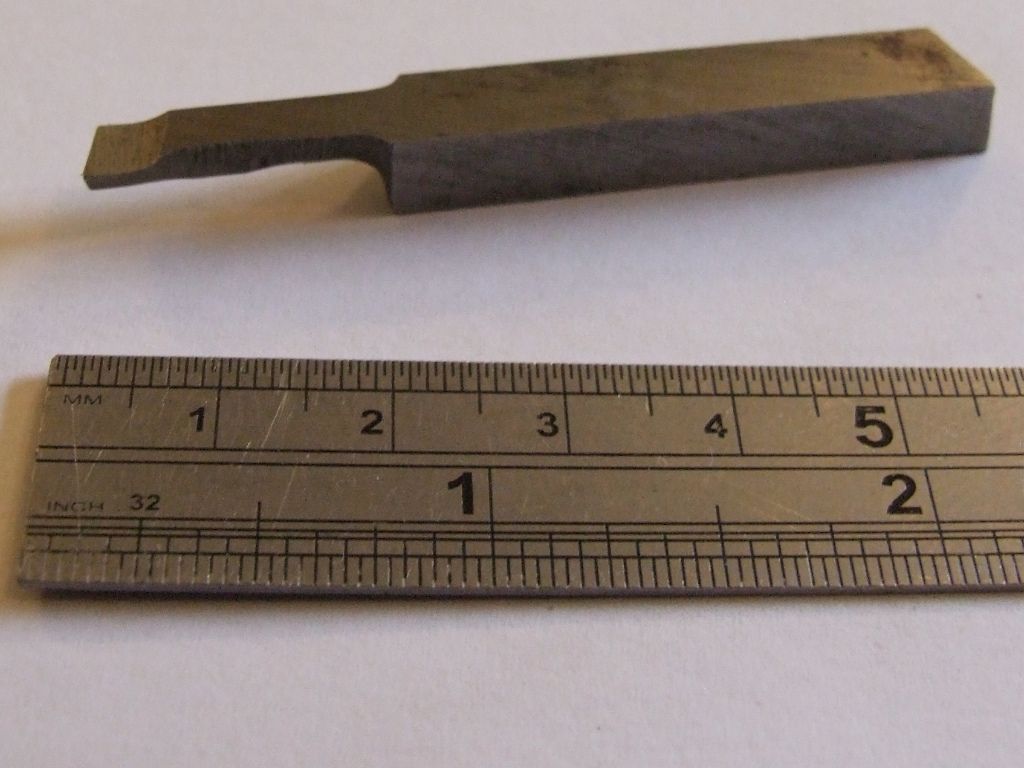
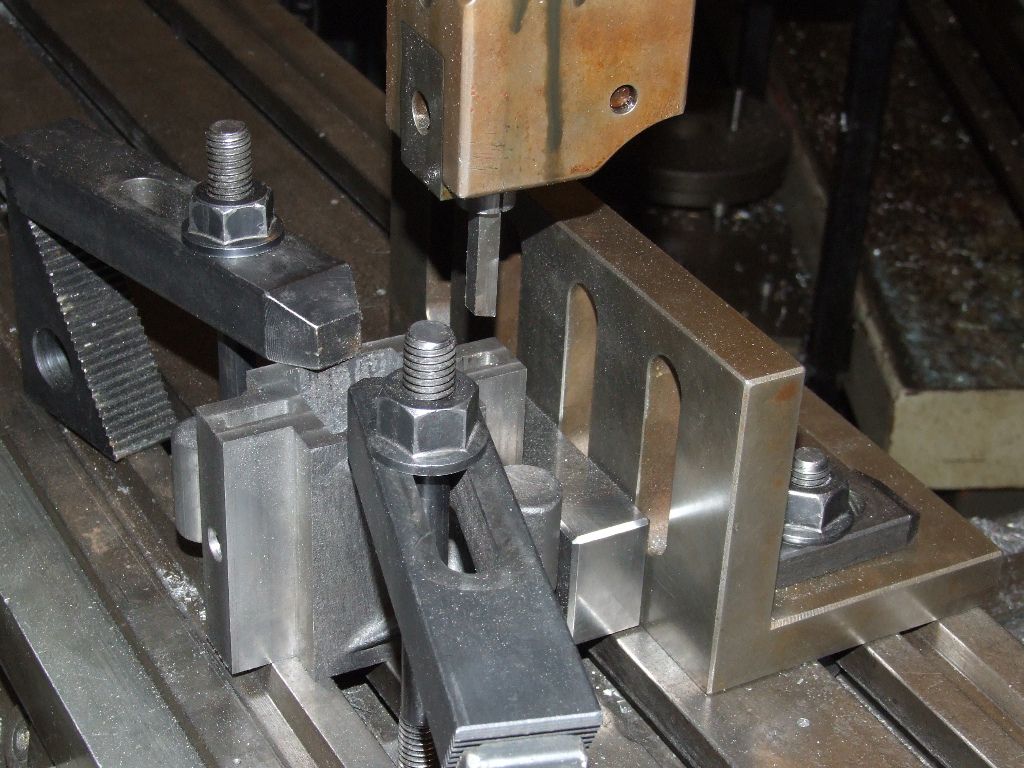
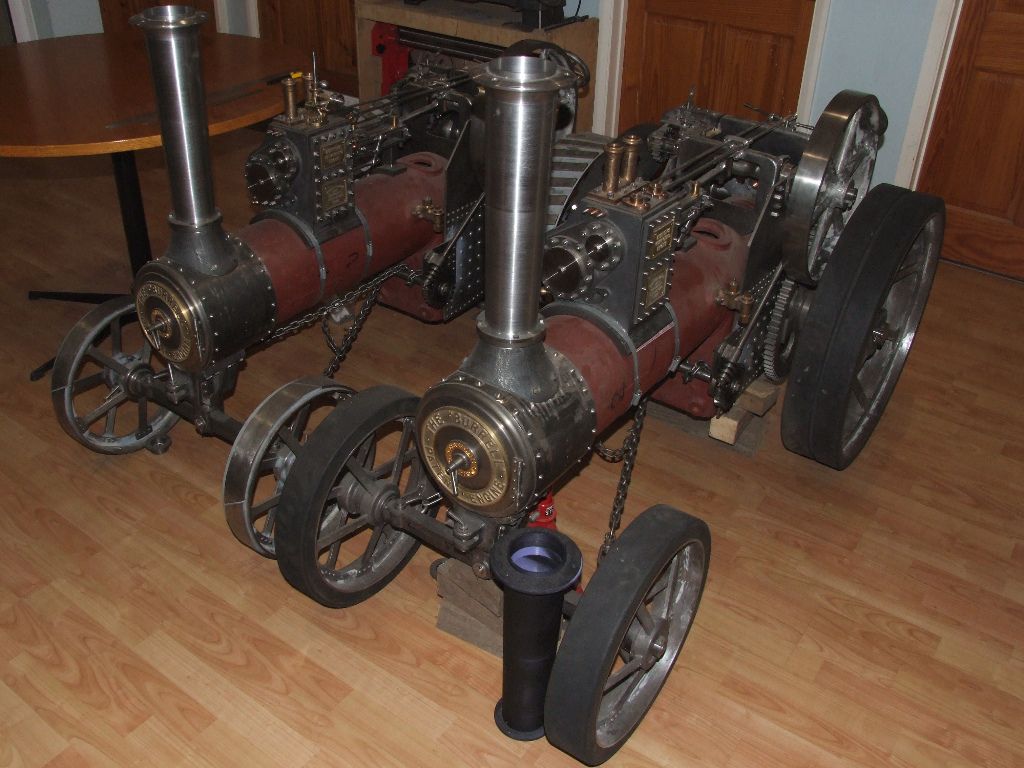

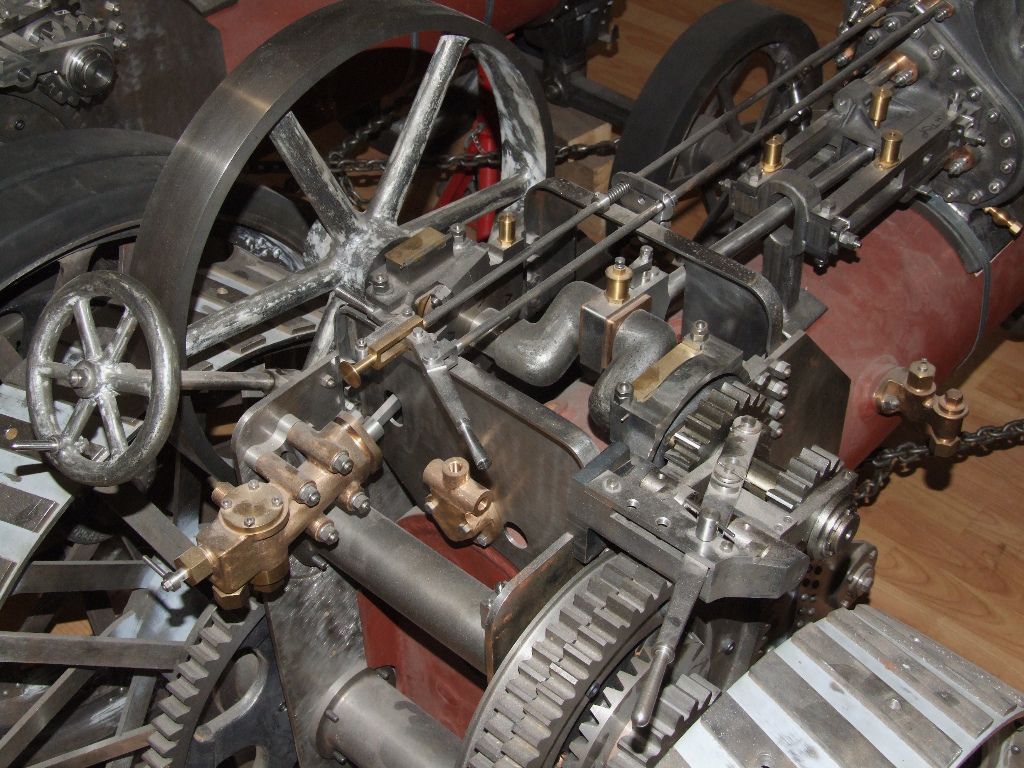
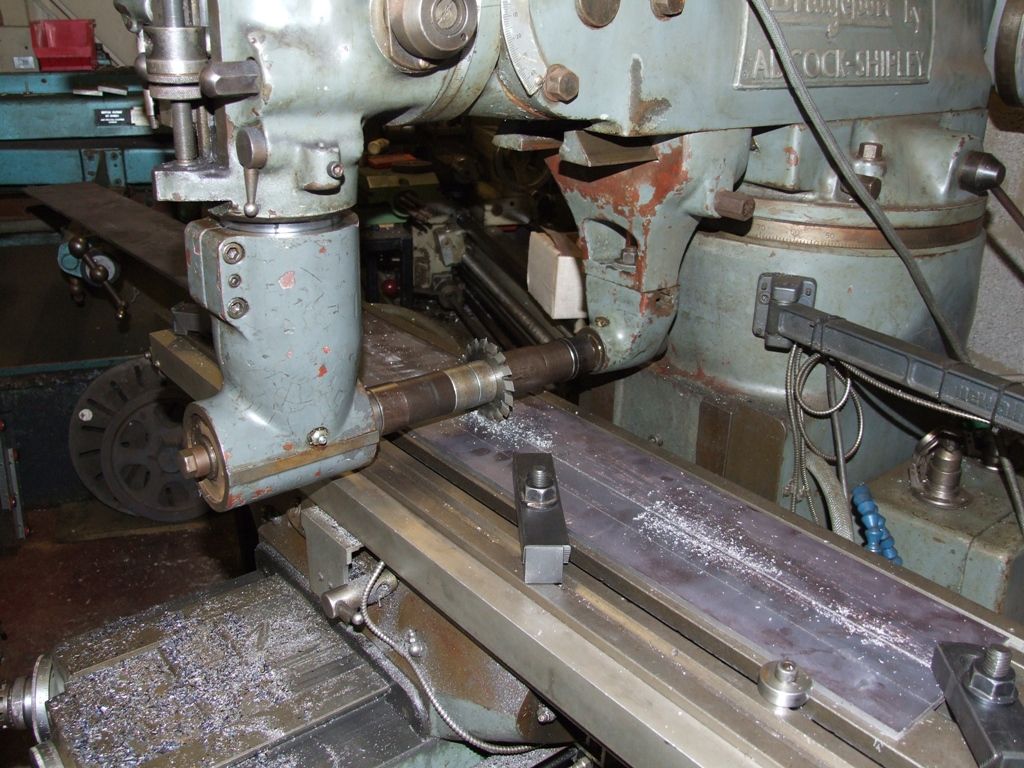
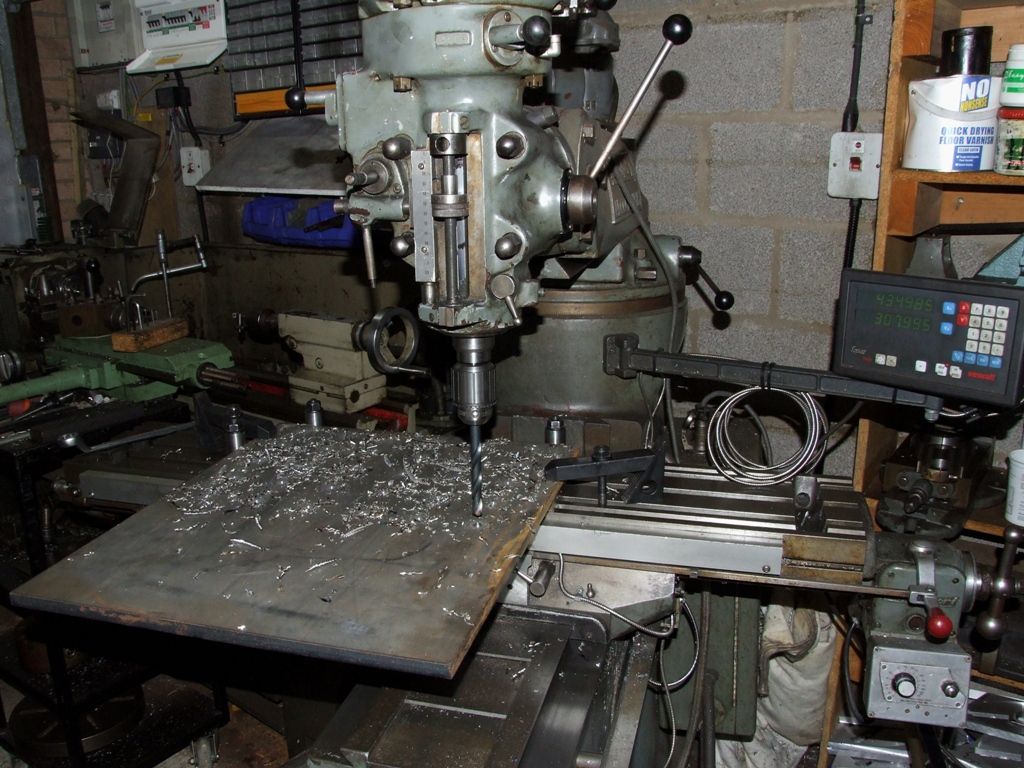









 Register
Register Log-in
Log-in


